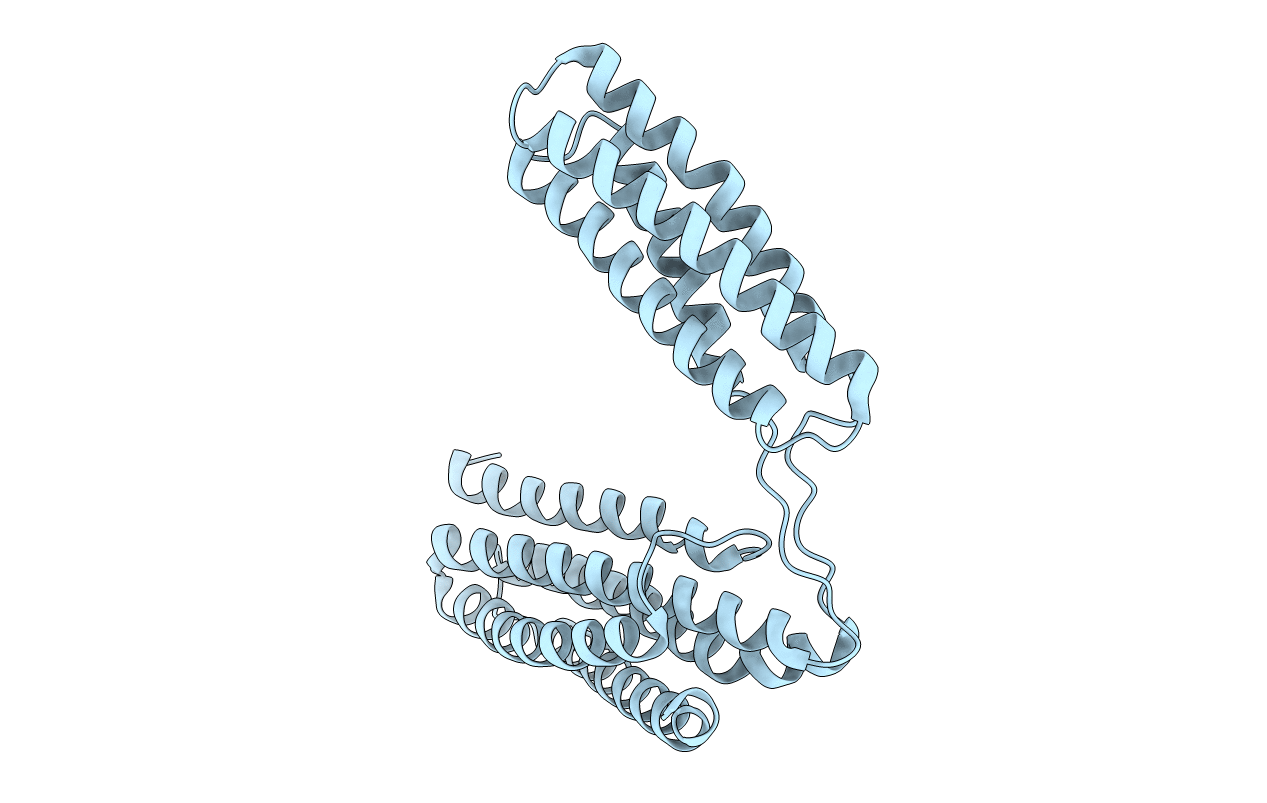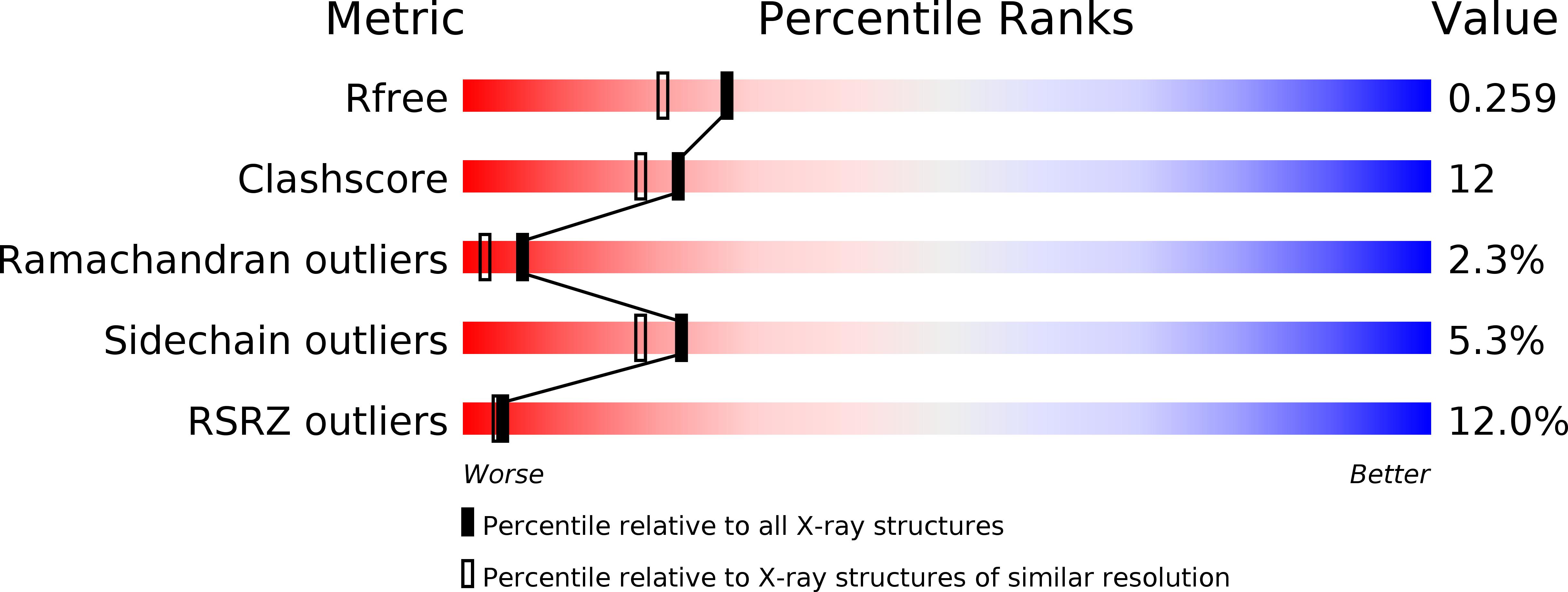
Deposition Date
2009-12-08
Release Date
2010-07-07
Last Version Date
2024-06-19
Method Details:
Experimental Method:
Resolution:
2.00 Å
R-Value Free:
0.26
R-Value Work:
0.21
R-Value Observed:
0.21
Space Group:
P 21 21 21


